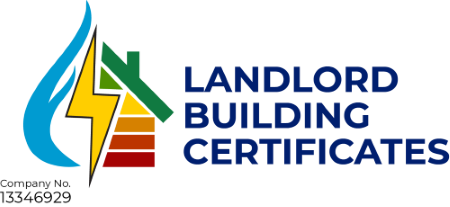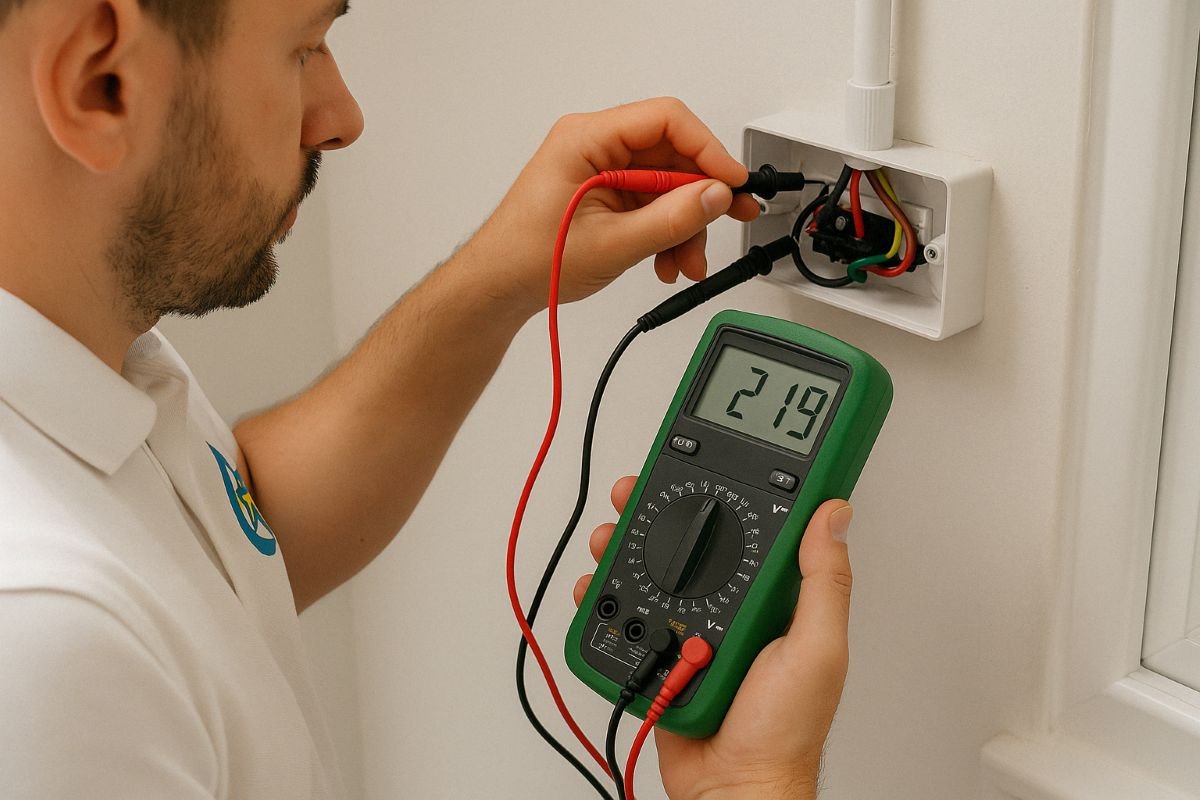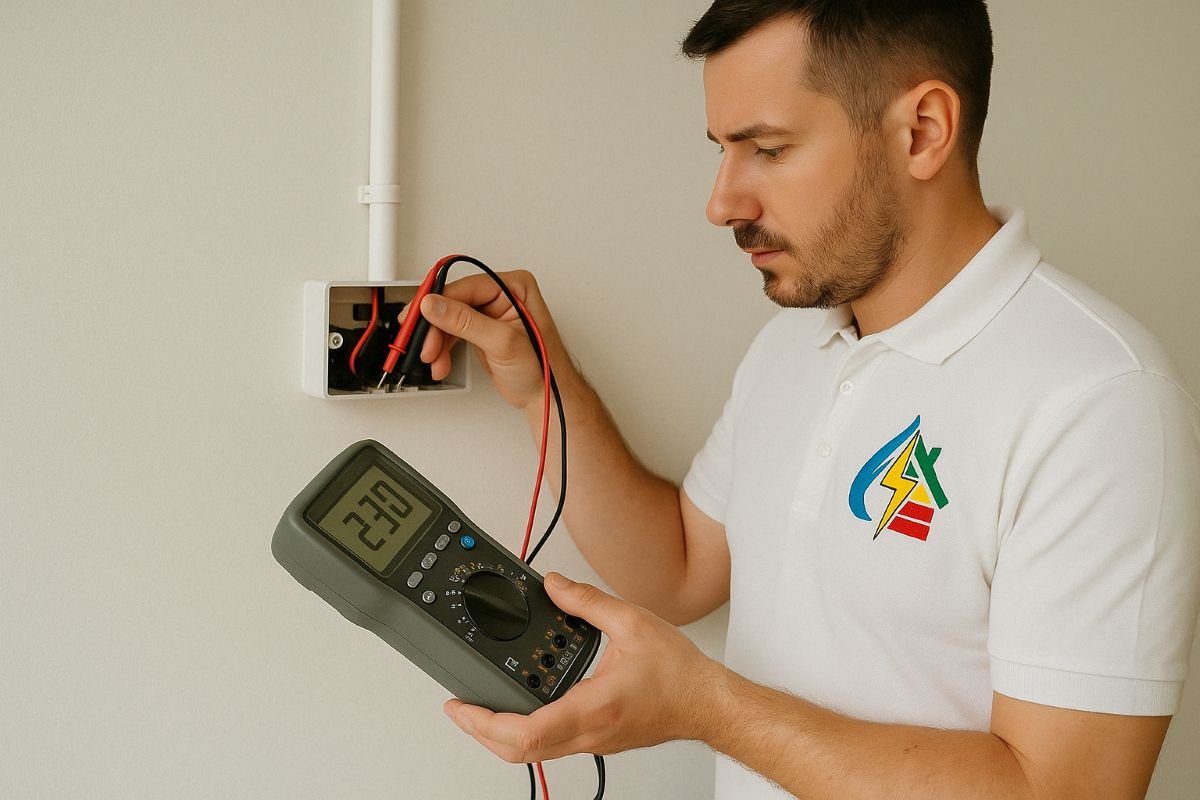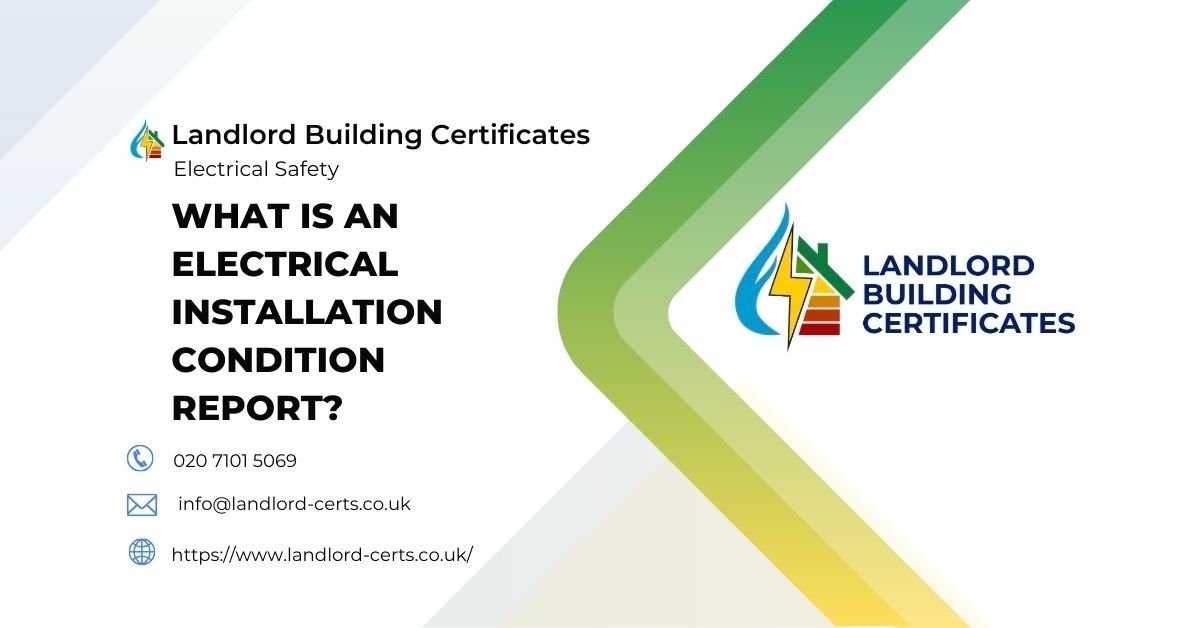What is an Electrical Installation Condition Report and why do landlords and property owners in the UK need one?
An Electrical Installation Condition Report, commonly known as an EICR, is a formal document completed by a qualified electrician after they have thoroughly assessed the fixed electrical systems in a property. These include the consumer unit, wiring, fixed lighting, and power sockets. The primary purpose of the EICR is to evaluate the condition of the electrical installation, identify any safety risks, and confirm whether the system complies with the current British Standard for electrical safety, known as BS 7671.
In rental properties across England, obtaining an EICR every five years is a legal requirement. For homeowners, while not mandatory, an EICR is strongly recommended as part of regular property maintenance. It gives peace of mind that your home is electrically safe, especially in older buildings or properties undergoing renovation.
Here's What We Have Covered In This Article
What does an EICR cover?
An EICR involves both visual inspections and electrical testing. The electrician will check the consumer unit, wiring routes, socket outlets, light switches, protective bonding, and earthing. They will test circuit performance, insulation resistance, and earth fault loop impedance. The report helps detect potential fire risks, outdated wiring, and hidden faults that could otherwise go unnoticed.
The assessment also checks for Residual Current Devices (RCDs), which are designed to quickly disconnect the power in dangerous situations. These devices are especially important in areas where water is used, such as kitchens, bathrooms, or outdoor settings.
When is an EICR required in the UK?
Landlords must obtain a valid EICR every five years for private rented properties. In addition, a new report is recommended:
-
Before a property is rented to new tenants
-
When selling or buying a property
-
Following a major renovation
-
After flood or fire damage
Even if you own and live in your property, it is sensible to have an EICR carried out every ten years or sooner if you notice signs of electrical issues. These signs can include frequent tripping of the circuit breakers, overheating sockets, or outdated fuse boxes.
If you are a landlord, more details about your legal responsibilities are available in our Landlord Safety Certificate guide.
What do the EICR codes mean?
The electrician uses standard coding to show whether the installation is safe or needs work:
- C1 (Danger present): Immediate risk to safety. Urgent repairs needed.
- C2 (Potential danger): Could become a hazard. Prompt attention required.
- C3 (Improvement recommended): Not dangerous now but may improve safety.
- FI (Further investigation required): Unclear issue that needs more inspection.
A report marked with C1, C2 or FI is considered unsatisfactory. Any dangerous findings must be resolved promptly. Once completed, the electrician should provide written confirmation that the system is safe.
How much does an EICR cost?
Costs depend on the size, age, and complexity of the property. In general, expect the following price ranges:
Residential Properties:
-
-
- Studio Flat: £75
- 1-3 Bed: £95
- 4-5 Bed: £120
- EICR For Communal Area for £120
- Additional Consumer Unit For £60
- EICR For Commercial Property Up To 10 Circuit For £180
- EICR For Commercial Property Between 10 to 20 Circuits £270
-
Commercial Properties:
Get custom quotes for offices, retail spaces, and more based on your specific needs.
Homes with limited access to wiring or older installations may require longer inspection times, which could increase costs. You can read more about pricing and what is included in an EICR at our EICR pricing and services page.
Who can carry out an EICR?
Only qualified electricians registered with recognised professional bodies such as NICEIC or NAPIT should carry out EICRs. These professionals have the training, insurance, and certification to complete inspections safely and issue compliant reports. Always ask to see proof of registration and relevant qualifications.
We work with local engineers who are fully qualified to carry out electrical testing on domestic and commercial properties across the UK. Learn more about our qualified electricians here.
What are the benefits of an EICR?
An up to date EICR brings multiple benefits:
-
Demonstrates compliance with legal standards
-
Reduces risk of fire and electric shock
-
May lower insurance premiums or support claims
-
Helps identify areas for energy efficiency improvements
-
Increases tenant confidence and trust in the landlord
A professionally conducted EICR also provides documented proof that you are taking responsible steps to maintain a safe property. This can be vital if a dispute ever arises regarding safety standards or maintenance.
Need an EICR for Your Rental Property?
Book a certified EICR inspection from our local qualified electricians. Stay compliant and avoid costly penalties.
What happens after the EICR?
If the report is marked satisfactory, no further action is needed until the next scheduled inspection. If faults are found, they must be repaired within 28 days. Once repaired, a qualified person must confirm in writing that the work has been completed to a safe standard. This documentation should be kept for future reference and shared with tenants and local authorities if requested.
We can also support you with any required follow up work. Visit our remedial services section for more information.
How often should an EICR be carried out?
The frequency depends on the type and condition of the property:
-
Rented homes: Every five years (legal requirement)
-
Owner occupied homes: Every ten years
-
Commercial properties: Every five years or as advised by a qualified electrician
-
Properties with swimming pools or heavy electrical usage: Every one to three years
If your property is older, has been extended, or is used by vulnerable people, more frequent checks may be recommended.
Fix EICR Failures Fast with Trusted Engineers
Failed an EICR? We handle electrical remedial work quickly and professionally so your property is safe and legal.
What should I do to prepare for an EICR?
Preparation helps make the inspection process smoother:
-
Inform tenants about the inspection date
-
Clear access to fuse boxes and sockets
-
Make a list of any known issues or faulty outlets
-
Confirm the electrician is registered with NICEIC or NAPIT
For a full breakdown of what to expect, you can read our EICR checklist for landlords.
What happens if I ignore the EICR or fail to act?
Failing to act on an unsatisfactory EICR could lead to serious consequences. Landlords can face fines of up to £30000 for non compliance. Insurance claims may be rejected if an electrical fire occurs and no inspection was carried out. More importantly, you could be risking the safety of those living or working in the property.
To stay compliant and reduce risks, arrange your inspection with a trusted provider. Book your EICR today through our online booking form or call our support team.
Keeping your electrical systems in safe working order is not just about meeting legal standards. It protects people, preserves your property, and gives everyone involved more confidence in the safety of the place they live or work in.




